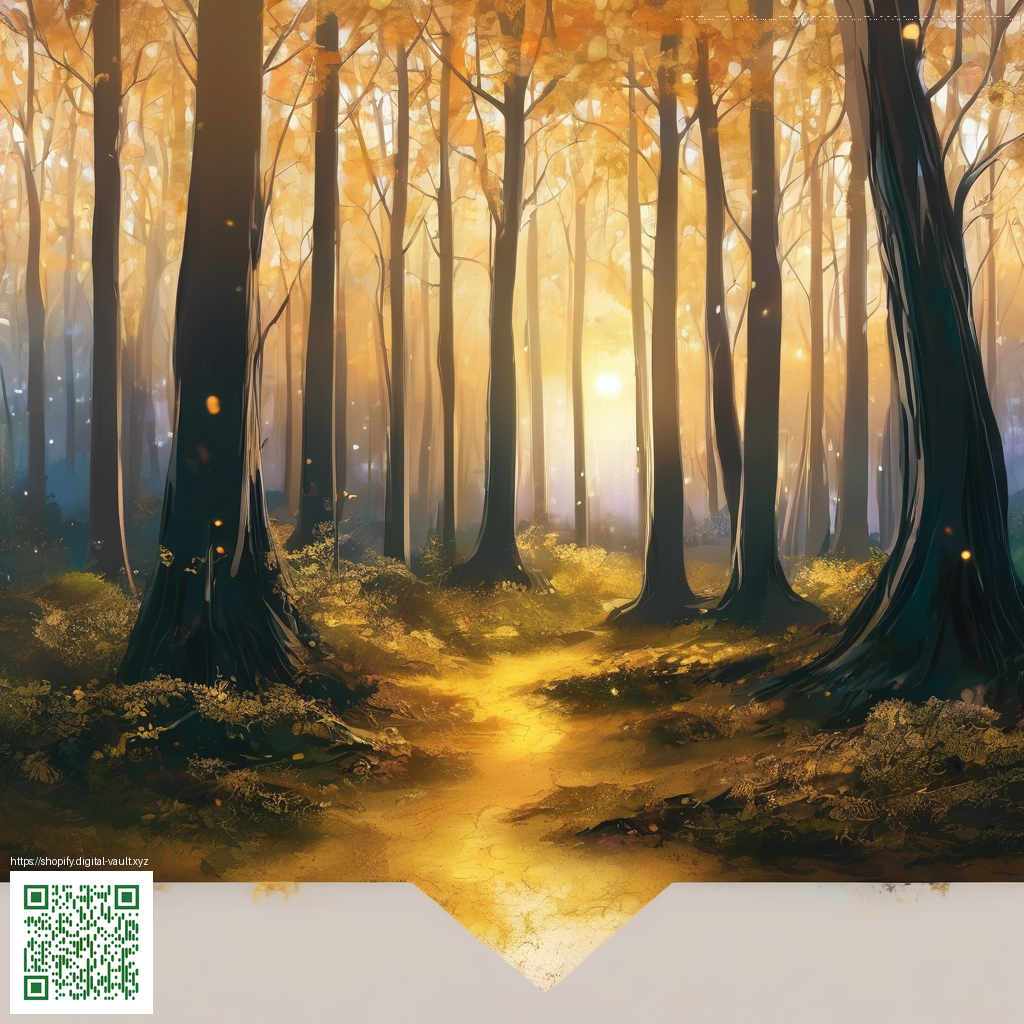
Turning Point in a Genre Street Fighter II reshaped the fighting game landscape
When it arrived in arcades during the early 1990s, a single title redefined how players approached beat em up style showdowns. Street Fighter II introduced a tempo and depth that invited both casual duels and intense tournament battles. Its bold roster, precise inputs, and accessible yet deep move set turned every match into a study of reads, spacing, and execution. The result was a surge of social play around cabinets and a new optimism for competitive gaming everywhere 💠
Gameplay depth and balance
The core package blended six button control with a diverse cast that demanded different strategies. Ryu and Ken offered a balanced kit built around fireball zoning and anti air responses, while Dhalsim stretched the battlefield with keep away tactics. Guile, E. Honda, Blanka, Zangief, and Chun Li each added distinctive angles of attack, forcing players to adapt on the fly. The appeal lay not just in individual moves but in the tapestry of interactions that could unfold over the course of a single round.
As players mastered the timing windows for classic techniques such as the dragon punch and the fireball exchange, a new literacy spread through communities. Frame data and matchup knowledge moved from the realm of arcade clerks to the public consciousness, and suddenly the arcade floor felt like a classroom where every match offered a new lesson in risk reward and execution.
Evolution through revisions
The game grew through a series of revisions that kept the engine fresh and the meta evolving. Champion Edition in 1992 opened up the whole roster to players by adding the infamous four boss fighters as playable options, expanding the strategic tapestry and inviting new counter picks. The pace and options shifted again with Turbo or Hyper Fighting later that year, which accelerated the action and forced even quicker reads from both players and opponents alike.
The mid 90s expanded the universe further with Super Street Fighter II introducing new faces like Cammy and Fei Long, while Turbo style updates continued to refine inputs and timing. Each update didn’t just add more fighters it refined the system that had become the backbone of two dimensional fighting games a template that dozens of later titles would imitate and iterate upon.
Modding and community energy
Community energy around Street Fighter II ran parallel to the official updates. Fans built cabinets at local venues and clubs and embraced emulation to replay classic sessions long after the cabinets faded. ROM hacks and fan made modes demonstrated how flexible the system felt even years after release. The culture around Street Fighter II helped codify the idea that fighting games could be both approachable for beginners and richly deep for veterans, a duality that survives in today’s scene 💡
Modding communities helped preserve and expand the experience from arcade halls to home setups. The conversation moved from simply playing to analyzing frame by frame, exploring hit boxes and invincibility windows, and sharing setups that could tip a matchup between two seemingly balanced fighters.
From the creators perspective
Capcoms design and development teams oriented the project toward broad accessibility while preserving a demanding skill ceiling. The goal was to make each fighter instantly readable yet capable of surprising depth as players invested more time. The result became a blueprint for how to present a large roster with enough variance to fuel long term dedication while still welcoming newcomers to the arena.
As a consequence, the community created a living archive of strategies and counter strategies that persisted across revisions. The game became not only a fixture of arcades but a reference point for how modern fighting games should balance accessibility and depth, a philosophy that influenced many successors to come 🌑
Related reading
- NFT data nuddies exploration on Magiceden
- Digital paper for NFT artwork and collections practical guide
- Silent beacon color index validation for a 26 kpc giant
- Frame static asset and static frame reference
- Pokemon TCG stats for Nidorina card XY5 67
Support the ongoing development of open, interconnected gaming experiences by contributing to a decentralized internet. Your support helps communities build resilient platforms that resist gatekeeping and central control. Support the Decentralized Internet